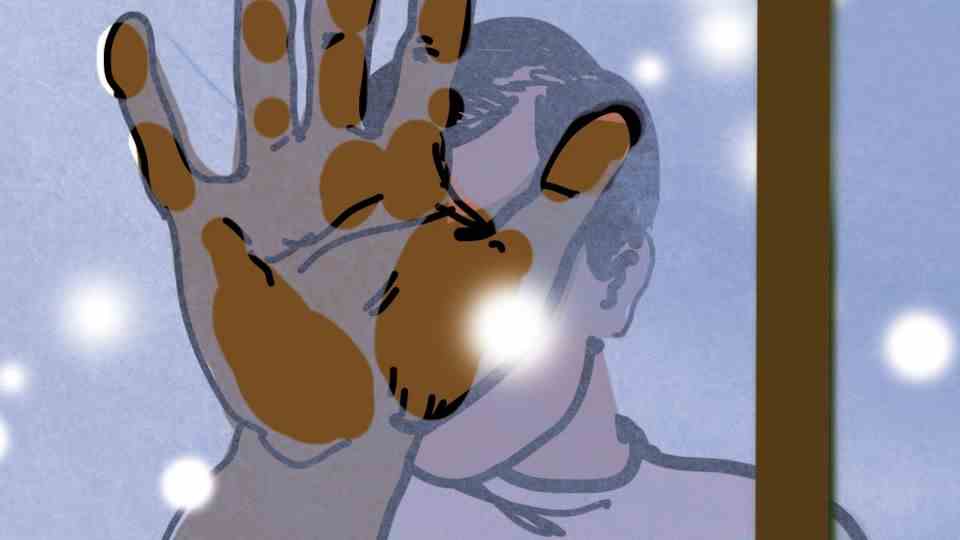5000 years ago
When humans invented kissing, they gave herpes a stage
Make out with herpes? Not a good idea.
© David Heerde / Imago Images
Herpes is clingy. Once you’ve had blisters on your lips, you can’t get rid of them. They keep coming back. We probably have the naughty people to thank for this in the Bronze Age – and the invention of kissing.
5000 years ago, people discovered something that would change the world: kissing. A rather new cultural practice at the time. And while people were still practicing matching their lips, thinking of nothing bad, a virus was preparing to take over the world.
Cold sores are caused by infection with herpes viruses. According to estimates, up to 90 percent of people in Germany carry the virus. As a result, blisters can, but do not have to, form on and around the lips, which usually crust over and heal within a few days. Anyone who has ever gotten cold sores can always be afflicted by the annoying blisters. Herpes is easily transmitted through direct contact – including through sex and kissing.
Bronze Age: Herpes came with kissing
1925 is the year previously associated with the onset of herpes. At least that’s when the earliest genetic data came from. Until now. Scientists at the University of Cambridge now want to have found out that the HSV-1 strain of the herpes virus is much older than previously thought. They assume that it was formed thousands of years earlier, in the Bronze Age.
This thesis is supported by DNA samples that the researchers took from remains. They extracted viral material from tooth roots. The oldest sample is 1500 years old from a man whose remains were found in Russia’s Ural region, another sample is from a young adult in the late 14th century. Using the viral DNA found, they were then able to create an estimated timeline for the evolution of the virus.
“Every primate species has some form of herpes, so we’ve assumed it’s been around since our own species left Africa,” said Christiana Scheib, head of the Ancient DNA Laboratory at the University of Tartu. However, something happened about 5,000 years ago that allowed this strain of herpes to overtake all others. “Possibly an increase in transmissions that could be linked to kissing,” she says.
In fact, the first document in which kissing is first mentioned comes from South Asia and is dated to the Bronze Age. At the same time, the great migration of peoples from Eurasia to Europe also took place at this time. According to the scientists, this could have been another accelerator of the spread of herpes.
Source:Cambridge Newshealthy.bund



